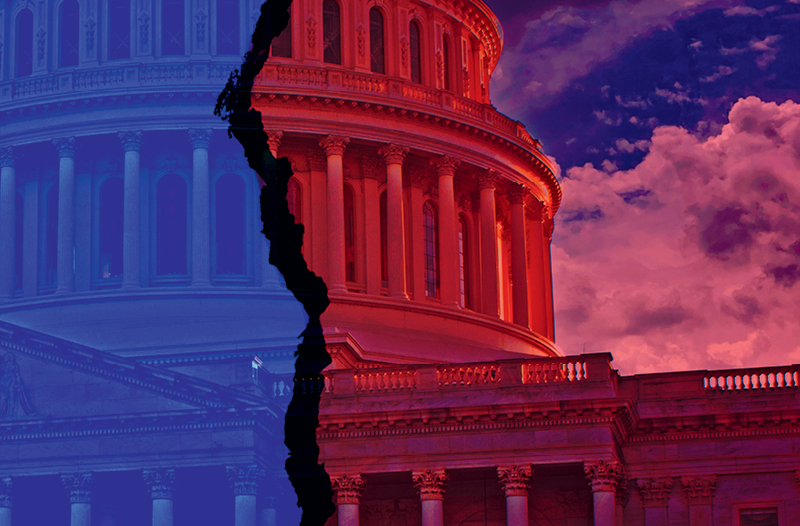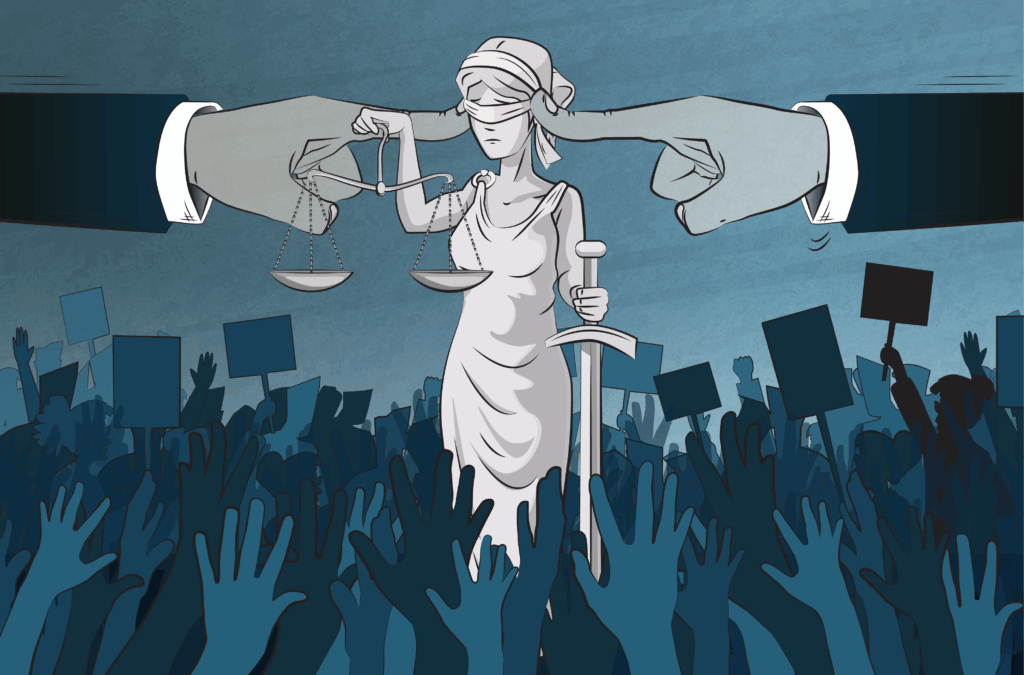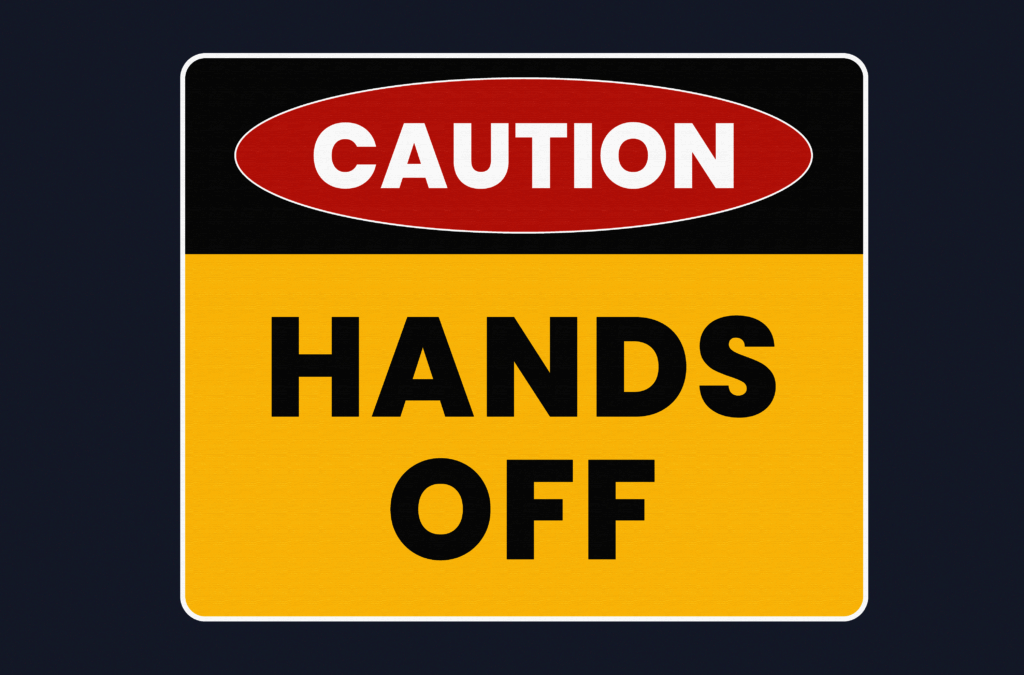
Underwriting for Social Inflation

More frequent lawsuits and bigger awards—51.7% annual growth in size of verdict awards from 2010 to 2018, according to the American Transportation Research Institute—are affecting certain lines of insurance.
As verdicts rise, so do liability claims, which ultimately can lead to increased premiums as insurers try to make up the loss. Leader’s Edge caught up with Dennis McGuire, casualty underwriting director at Nationwide, to discuss the impact of social inflation, nuclear verdicts and what they mean for the insurance industry going forward.
“Social inflation” refers to the effect of claims and litigation costs rising above economic inflation due to several factors, such as increased attorney involvement, third-party litigation funding, and an anti-corporate sentiment. Parties see litigation as an opportunity to address societal economic inequities.
Another cause of social inflation is attorneys’ increased use of aggressive trial strategies—like “reptile theory”—attempting to use fear and anger to make the jury dislike the defendant so strongly they will award the plaintiff excessive amounts of damages.
“Nuclear verdicts” are a very specific component of social inflation and occur when juries award damages in excess of $10 million.
Social inflation frequently comes into play in casualty claims that involve bodily injury. Within bodily injury claims, there are two kinds of damages: special and general.
Special damages are objective, itemizable costs, such as incurred medical expenses, loss of earnings, and expected future medical bills. It’s within general damages that social inflation comes into play, as it includes items like pain and suffering, loss of consortium, reduced quality of life, and other less objective elements of the loss. So, from a value perspective, social inflation significantly increases the general damages component of bodily injury claims.
The commercial umbrella market, having the highest limits exposed, has been greatly impacted by social inflation and has firmed considerably in the past few years. In addition to the highest rate increases, we’ve also seen capacity restrictions, with carriers offering reduced limits while also requiring higher underlying limits to help insulate the umbrella from losses.
Business auto has also had performance challenges for the last five years. Social inflation is a component of that, but it’s also due to an increase in distracted drivers and inexperienced operators. The trucking industry has been hit particularly hard by social inflation and nuclear verdicts.
From a pricing perspective, social inflation leads to increasing severity of loss, so that’s reflected in our rates. Our actuaries evaluate for trends and develop rate adequacy levels for each line of business, considering both historical and anticipated perspectives.
At the account level, it’s more important than ever for our underwriters to understand the exposures and controls: where does the business operate, what kind of business is it, what’s the likelihood of a severe loss, what kinds of controls are in place, and how responsible is management.
From a client perspective, building a strong safety culture is important because that leads to fewer and less severe losses. Businesses that have strong employment practices—such as training their employees and reinforcing the importance of loss prevention and mitigation—perform much better than businesses that do not have these characteristics.
We partner closely with clients through our loss control services consultants to understand their exposure and to provide customized solutions, whether it is supply chain issues, labor supply, property preservation, or social-inflation related issues.
To mitigate the risk of nuclear verdicts, we must also look at the likely severity of the claim and the likelihood of litigation as soon as possible in that claim’s life cycle. If litigation is likely, we evaluate the venue and the plaintiff’s counsel as well as our internal claims handlers and our defense counsel to match the specific circumstances of that claim.
The impact of social inflation isn’t likely to slow down. As loss costs increase, rates will also increase, and insurers will continue to sharpen their underwriting, pricing, risk management and claims practices. This will be especially true for businesses with severity-prone loss exposure that operate in overtly plaintiff-friendly jurisdictions.
Insureds who are taking the correct measures to proactively manage their risk and avoid losses will not only be less likely to be adversely impacted by social inflation but will also be more sought after by insurers and more insulated from significant rate increases.




